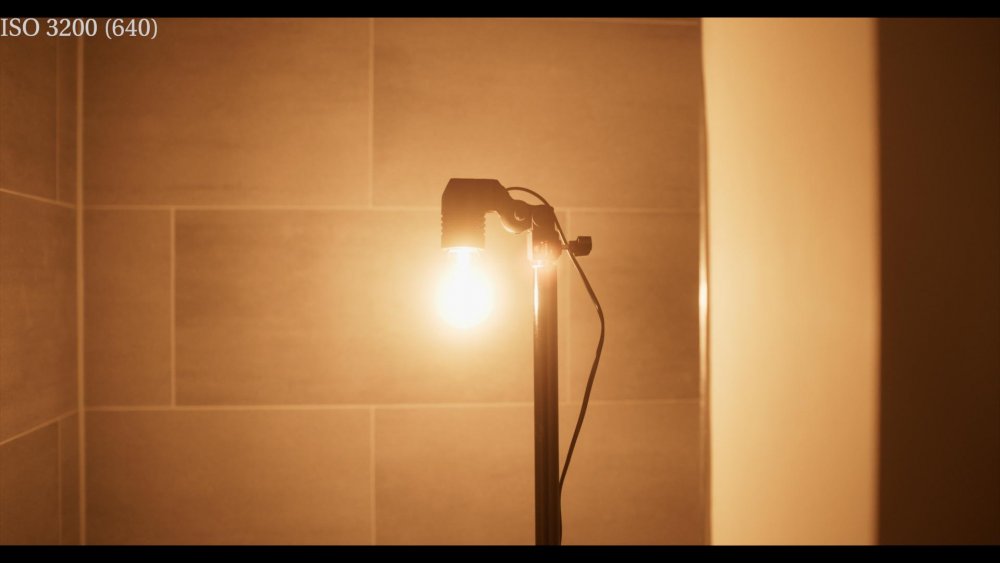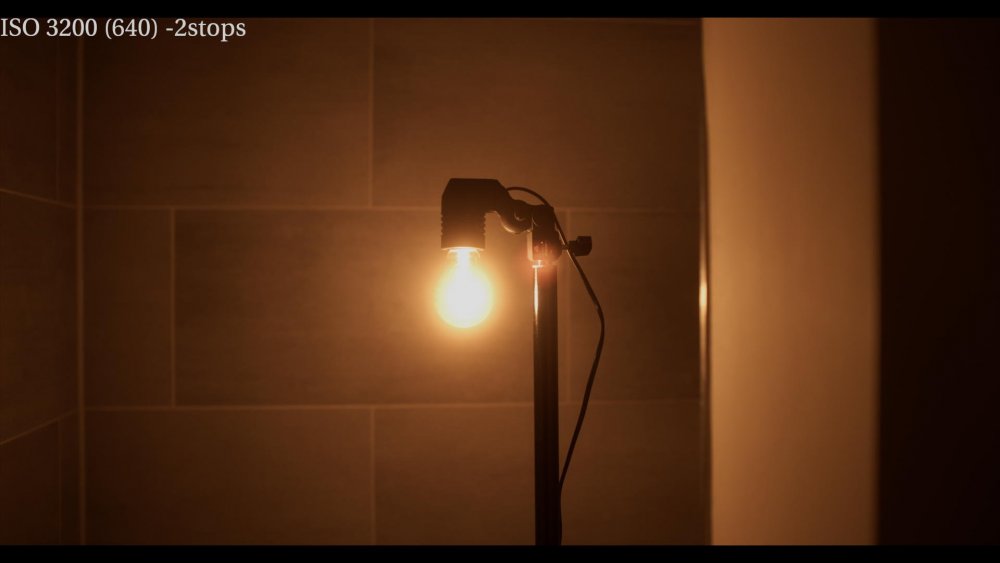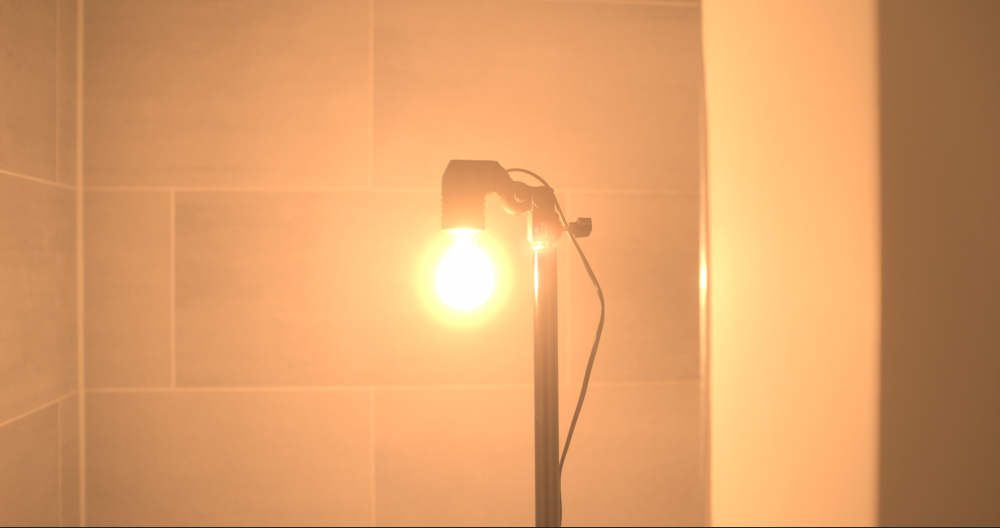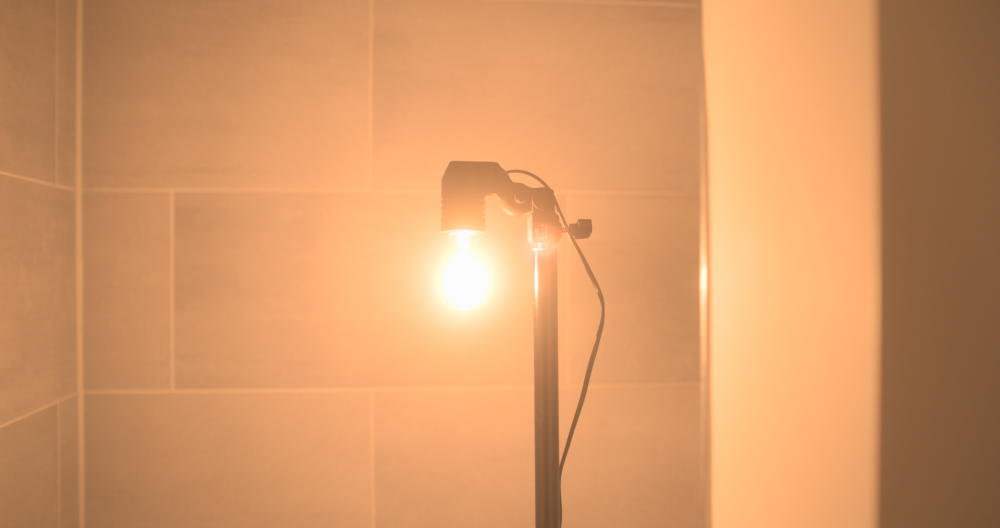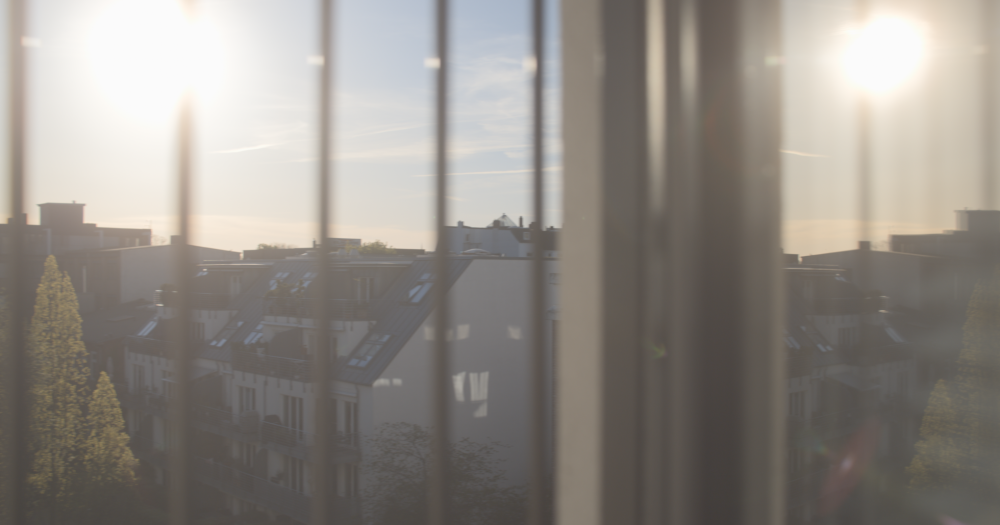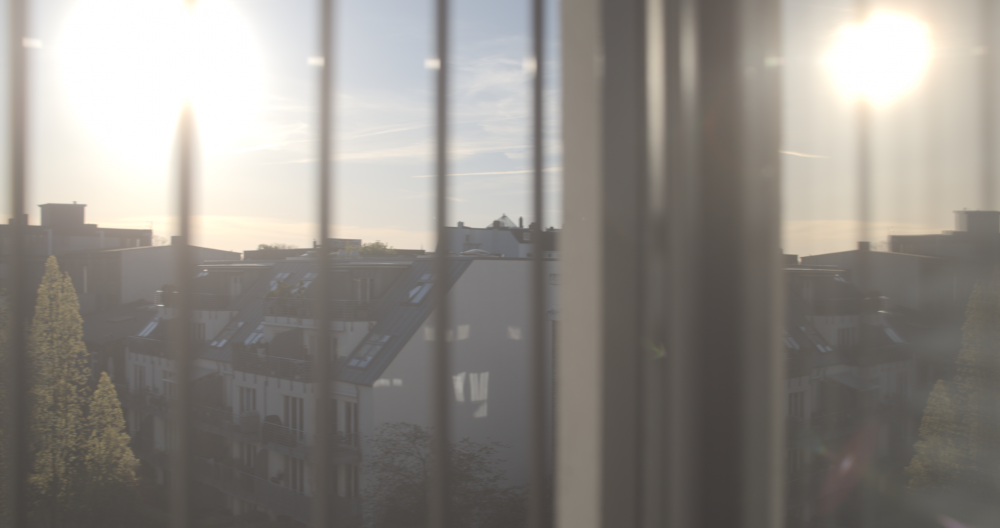Leaderboard
Popular Content
Showing content with the highest reputation on 05/30/2022 in all areas
-
RED Files Lawsuit Against Nikon
webrunner5 and 2 others reacted to PannySVHS for a topic
Panasonics 10bit 400mbps All Intra is their more modern equivalent to Prores HQ at 50 to 60 percent of the file sizes, when using 24p UHD or 25p Cine 4K. It would be intersting to see it compared at 50 or 60p, as the Panny All Intra in the Gh5 or S1H does not get more bandwidth for higher framerates. It's a good codec. The reason why a S1H got a go from Netflix for A Cam production.3 points -

SIGMA FP with ProRes RAW and BRAW !
webrunner5 and one other reacted to kye for a topic
I have spoken about this at length one other forums and been convinced that the Alexa is simply a Linear capture and all the processing is in the LUT. Here is what happens when you under/over expose the Alexa and compensate for that exposure under the LUT: https://imgur.com/a/OGbI2To Result: identical looking images (apart from noise and clipping limits) Of course, the Alexa is a very high DR Linear capture device so I'm not criticising it at all. However, the FP is also a high-quality Linear capture device, and the fact that the ARRI colour magic is in the LUT means that we can all use it on our own footage if we can convert that footage back to Linear / LOG from whatever is recorded in-camera.2 points -
SIGMA FP with ProRes RAW and BRAW !
PannySVHS and one other reacted to Llaasseerr for a topic
Here's the image rendered through the default ACES look transform. In this case, I first exported the PRR files as Arri LogC/AWG then I used the Alexa input device transform to ACES. This is from the ISO 3200 image you provided. It's quite a graceful transition for blown out highlights. If we pull the exposure on this image down -2 stops, it's not too bad because the LUT is doing a good job interpreting the raw data. But you start to see the sensor clipping and the rolloff is more abrupt towards the core which is lacking detail. This is where the Alexa wins out, as it will allow the LUT to keep going with the rolloff. It's the LUT that is providing the rolloff, the sensor data is just linear - but the Alexa has a lot more of it captured on the top end by default. If you underexpose with the Sigma, obviously you will keep that rolloff going too and it will not look like a flat white blob with magenta edges at the transition.2 points -
Sony PMW-F3 with 2500 hours on it. Should I buy it?
webrunner5 and one other reacted to PannySVHS for a topic
Oh tastyness of colours. Oh F3 so beautiful. Why do you sit around in my livingroom and don´t get picked up, you marvelous wonder of a week full of colours. Darn, this is beautiful natural light, captured beautifully. I know for pretty sure, what contradiction in itself,:) that noone on cinematography.com would post like many of us do, full of wonder for the simple beauty to behold by an 11 year old camera. They won´t post a simple video as below. Still a very cool forum though. 🙂2 points -
Unique indeed, will try that Assimilate Play Pro way, sounds at least like a good idea in regards to what it does. For me the solution with the curve presets is working fine. Agree that one should not have to fiddle with that kind of things, but anyway. After 1 year and 4 months of trying to get my feet on the ground in regards to using that camera properly and predictable I am somehow happy now. Today I focused on something different finally. Highlight rolloff. Trying to get the sharp edge off a little. Seems to be working quite well. 🙂 SOOC: Highlight rolloff:2 points
-
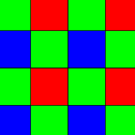
SLR Magic Microprimes- thoughts?
PannySVHS and one other reacted to M_Williams for a topic
I absolutely love SLR Magic Microprimes (mirrorless) and the APO Microprimes (PL/EF mount). They're easily my favorite budget cinema lenses. Very little focus breathing, great build, lovely lovely image that isn't too soft or with tons of spherical aberrations but still pleasing. I have the 12/2.8, 17/1.5, 21/1.6, 35/1.5, and 50/1.4 for M4/3 and I have the 32/2.1 and 50/2.1 APO microprimes... will eventually add the 25 and 85. Plus the APOs cover full-frame. Only thing that is ever an issue is glare, depending on your shot and light sources. It can be a bit much with the veiling glare if the light hits it the right way. This is a personal thing, some people love that. It's definitely more akin to vintage single-coated lenses than modern ones, but without the aberrations or focus breathing many of those have.2 points -
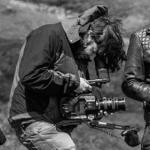
New music video shot on FX3 and A7S3
newfoundmass and one other reacted to Oliver Daniel for a topic
Any time a “newbie” student type asks me what camera to buy, I just say get a GH5 and a set of cheap vintage primes. Then learn to frame and light 💡2 points -
If you can find one talented persons work, which you like, then i would suggest in the background,, is a lot of blood, sweat and tears over a number of years to get to that look. Canons do have nice colour. A lot of people like canon colours, then there are others who like sony, and the other brands. My point being is personally, i don't think you can go wrong with any of the latest makes of camera. Its more about the finessing that you need to apply after the image / footage is taken to get a result you like. Lots of people out there are happy to throw on a lut and call it a day. If your not happy with colours sooc Then you, my friend have definitely fallen down a rabbits warren. There is no one perfect camera that does everything spectacularly. If there was then there would only be one camera brand. You do your research and pick the camera that does most of what you need it to do and then compromise in other areas. I would suggest before you throw any money around get the free version of resolve. With resolve and some free luts and whatever log files, canon has on your camera. Start exploring, learn resolve and throw all sorts of footage at it from your camera while your learning. exhaust every option you can pursue in finding a look you like before spending too much money. It will be time well spent and helps to define the look your after. There is a chance your look may even come back to a lens choice or filter perhaps. There's a bit of a learning curve to resolve, but that can be said of everything. There are truckloads of tutorials available on youtube for resolve. There are probably more than a few ways to skin a cat in resolve ( metaphorically speaking of course ). Like kye said there are basic steps to follow. Once your comfortable you can probably tailor your workflow to suit your look for a minimum of effort. However you first need to expend some effort to realize the look your after.2 points
-
Same. You gotta get that camera rigged up to shoot something with! If I could find one for the right price, I'd buy it in a heartbeat. It goes against my compact, run and gun preferences, but the IQ is undeniable. I regularly look at the video with the classical music and beautiful red headed woman. It's one of the nicest images I've seen on an accessible camera.1 point
-
Kewl stuff that coincidence! @mercer 🙂 I browse cameras and sometimes lenses for recreational purposes. Videos as above give me greatest joy and sometimes more pleasure than watching movies. There are some movies with pure visual pleasure, mostly in the genre niche, fi. the japanese horror comedy "Hausu" or "Swordsman". Sony F3 impresses me. Would have to give mine a run with internal 8bit 420, because my mini SDI to SDI cable for the Blackmagic VA just ripped like a hair-thin string. Also got the Tokina 28-70 2.6 in Nikon mount, which has not risen in price since I bought mine!1 point
-

SOOC color - 1/2 Cameras ? Xt4 vs r6
PannySVHS reacted to webrunner5 for a topic
Yeah, I think Avid works but hell I don't need a $250.00 subscription every year to use it when I have Resolve Studio basically free for life. For twice the price you can buy an Apple M1 Mini.1 point -

SOOC color - 1/2 Cameras ? Xt4 vs r6
PannySVHS reacted to webrunner5 for a topic
So as Marty alludes to, it is pretty useless to do overall on a Windows machine.1 point -
Weird, I just watched this yesterday. I was also going to post it here, but I didn't get the chance. It looks great, and the production is pretty impressive.1 point
-
SIGMA FP with ProRes RAW and BRAW !
OleB reacted to Llaasseerr for a topic
With raw there's no such thing as SOOC. I think that what you're seeing as SOOC is just some random interpretation by FCP. But as long as it works for you that's the main thing. You should get a good predictable starting point just by transcoding raw to Arri LogC and applying the standard Arri log to Rec709 LUT, which has a visually similar highlight rolloff to the default ACES look transform but it's a bit less contrasty. Both are based roughly on the s-curve of a film print. Why make life hard? Everyone talks about Alexa highlight rolloff, but all they are really looking at most of the time is the rolloff of the 709 LUT from the raw sensor data since the sensor itself has no highlight rolloff in the captured image. My opinion from limited testing is that working internally with DNGs seems pretty straightforward.1 point -
It's all good, we're all entitled our perspectives & opinions. And perhaps indeed splitting hairs. Panasonic is not for me for various key reasons but I respect the company & its users. I'm not attacking them, its pretty much factual that their AF system is lagging behind competition. They excel in other domains though like DGO sensor & ProRes in GH6 which is fantastic. Now wether or not AF is important is definitely subjective. I try and not use it as a crutch, it's not magic neither. It's actually always off by default and I dedicate an on/off toggle button. I have a whole DPAF technique I've developed. Its really more of a safety net for challenging situations. I'm actually not much in favour of the "dumbing-down" of skill brought by tech. fortunately I learned a few things the "hard way" i.e. pre-digital. And I still keep myself in check by doing full manual shoots and 35mm film photography whenever possible. I love shooting shoulder mount on the FS7, I love that real ENG look over super steady floating gimbal look for example. But I'm not fighting tech either. Its all about finding that right balance that works for you.1 point
-

RED Files Lawsuit Against Nikon
webrunner5 reacted to Django for a topic
Squid Game is a Netflix Original Series and was fully developed/produced by Netflix Asia based in Seoul. Budget was $21 million for 9 episodes. Fairly low budget by US standards, perhaps not so much by Korean. Of course all that is changing after the overwhelming success of K shows. Henry Graham is DOP of GoG2 & Suicide Squad, both shot on RED. The Alexa LF is definitely cutting into the Netflix market, and the upcoming Alexa35 surely even more. Getting back to RED, is Matrix 4 big enough budget/high-end? 15 RED Rangers & a custom Komodo..1 point -

RED Files Lawsuit Against Nikon
kye reacted to webrunner5 for a topic
It is one of the reasons I bought my Sony Xperia Pro-I, it has 4K60 bitrate of 120Mbps and the same in 4K30 on the main camera. 4K120 on the main camera is encoded using the h.265 codec at 140Mbps. The main camera lens is the 1" one from the Sony RX100 mk IIV. It is using 60% of the sensor area and 12 mp of the original 20mp. I think that is pretty darn good for a Smartphone to be honest. In 8bit I am sure. We are not talking about an Arri here, not yet.1 point -
SIGMA FP with ProRes RAW and BRAW !
OleB reacted to Llaasseerr for a topic
This is all super frustrating, and clearly it goes back to Sigma not thinking through a more predictable workflow and then Atomos just running with whatever they could get out of Sigma. I do think if I personally get hold of the camera that with some extra attention I'll find a predictable workflow despite that. But it's definitely not easy communicating back and forth via a chat forum. The value proposition with the Ninja V is clearly compressed raw. It has a bit less highlight dynamic range because it doesn't have the highlight recovery of DNGs, but that is mostly fake information at best. It can work well, other times not. I do think that there's a way to incorporate the Ninja V with more predictable exposure and monitoring. But again, I would need to sit down and test it myself. Obviously, there's no straightforward solution for people who have not got some industry knowledge about color imaging pipelines and know their linear raw vs log vs rec709, etc. Also I would recommend maybe look into transcoding the PRR footage to PR4444 in Assimilate Play Pro. Assimilate seem to have the most mature PRR workflow for ingest. I managed to get a free license with my Ninja V. Then you can for example export full quality Arri log footage from the linear raw footage and take it back to FCPX. So what is the value proposition of this camera? It is very affordable for what it does, and it's quite unique at the moment. It seems like a camera that's best to experiment with because it may drive you mad if you try to apply a predictable workflow. It is a lot more affordable than a Sony FX3. I was initially turned off by the slow rolling shutter speed and the fact that the raw output is downsampling from the full sensor. I still don't get how that is even possible for a raw file. But it seems the camera still has a lot to offer. So I feel like that is it for now! Hopefully I'll get one in the next few weeks and I can do my own tests.1 point -

Canon EOS R7 and R10 have released...
newfoundmass reacted to IronFilm for a topic
The point was that for many years (until quite recently) the FS7 was the mainstream camera for all low/medium budget shoots. And is still very relevant and used today in 2022. The specs are still 100% relevant and the benchmark to compare against. Against that benchmark then Panasonic mirrorless AF does very well indeed. Is that statement also true for all the many FX6/C300mk2/C300mk3/FX9/C500mk2 users who don't own any autofocus lenses, are they also "accepting their fate"? Oh wait, no they're not, they're choosing to not use autofocus. Maybe it is less of a big deal than you think it is.1 point -
I don't mind external recording though I dislike the idea of a cable killing my shot, but I guess that is just overthinking. My main issue right now is BM recorders draw a ton of power and Atomos Prores RAW isn't compatible with Davinci or Premiere. Probably just going to buy a RED. 🥲1 point
-
Sounds like you need to calibrate your monitor! Let's have an argument about what specification your monitor is, if it has a dedicated video output or is being polluted by your operating systems colour management, what calibration device you use and what software you paired with it, what options you chose for calibration, what the ambient lighting conditions are in your studio and what CRI and calibration the globes have, what colour the walls of your studio are - I mean did you even buy the special neutral colour paint???? No wonder it's all gone topsy-turvy for you!!! (In all seriousness, those things do matter, but making a film that isn't boring is still way more important....)1 point
-
Have you tried correcting skintones specifically though. That is where I have heard 12 bit is most beneficial, due to skintones being one of the trickiest things to capture well.1 point
-
1 point
-
Looking more closely, I can see it now, moving from left to right over some dunes.1 point
-
I’d call that more ‘camel’ than ‘beige’.1 point
-
SOOC color - 1/2 Cameras ? Xt4 vs r6
webrunner5 reacted to PannySVHS for a topic
Guys, I meant to say you cannot render out to Prores in Resolve on a windows computer. Sorry for confusion.😊 Dont know if version 18 changed that. Editing and grading, no problem.1 point -
Along with ensuring you maximize the capture in the first place, ie, not hanging it all on fixing in post. But otherwise yes, pretty much all cameras for some time have the potential in this regard and the choices really come down to; badge, ergos, build, size, weight, price and yes, some elements of the spec, but otherwise…1 point
-
Agreed. Something that I think that doesn't get talked about much and isn't well understood is the relationship between resolution, bit-depth, and bitrate. To some extent they are linked and can, under some circumstances, offset the weaknesses in the others. I'd still like Prores 444 though, because it would give me downsampled 1080p with low levels of sharpening, high-enough but not unmanageable bit-rates and RAW-like bit-depth 🙂1 point
-

RED Files Lawsuit Against Nikon
PannySVHS reacted to webrunner5 for a topic
Yeah, but you have to consider the ratio between Mb/s versus bit rate. At say 400 Mb/s for 4K on the GH5 that is way above the average "needed" for 4k. That amount of overall data leaves a little more meat on the bone to push around compared to say a smartphone 4K. So 10 bit may not be as bad as it seems.1 point -
I so wish that companies would put Prores 444 into their cameras as a 12-bit standard that is well supported... well, that they'd put Prores in their cameras at all, then 444 after that 🙂 Mind you, I have tried to break the 10-bit files from my GH5 and they've held up, so maybe there isn't much need for it? Not entirely sure on that one.1 point
-

SOOC color - 1/2 Cameras ? Xt4 vs r6
webrunner5 reacted to kye for a topic
You're probably thinking of Prores RAW, which Resolve doesn't support. Normal prores has full support though. I've noticed that people online often say Prores when they mean Prores RAW and it's quite confusing as they're definitely not the same.1 point -
I think all crews will always be stretched. The crew might be stretched because they're all trying to do their own thing well and any spare time/resources is quickly put to doing something better or something more that wasn't originally included. The crew might be stretched because they're all trying to do as little as possible and therefore the task expands to fill the available time. The crew might be stretched because they're a smooth running operation who are coordinated and efficient through experience and discipline (which is no easy feat to implement). The way you can tell the difference is that on the first instance the results are greater than expected from the time and resources, the second is that the results aren't better than expected, and the last is that things seem relaxed and smooth and there are time and/or resources spare at the end. Absolutely. People concentrate on image image image and it's so short sighted. I talk a lot about dynamic range and stabilisation etc in my work and share nice images I've captured and people respond with the old GH5 is enough, but what they're not seeing are clip after clip after clip where I couldn't get my shit together in time and missed the moment, where the DR wasn't enough, where the stabilisation made it unusable, etc etc. Every usable clip on the card is better than every clip you can't use or didn't capture, and camera choice is huge in that equation.1 point
-
I thought Gerald was the detailed spec guy? Like, he was the one who would find and mention all the bizarre and non-sensical cripple-hammer combinations, because he was the only one that had used the camera for more than a day before posting a review about it. But would you want his recommendations and conclusions? Definitely not - he's a technician not an artist. Film-making isn't about technical perfection, it's about the aesthetic. Geralds (and most internet technologists) favourite aesthetic is beige filters on a beige lens on a beige sensor with enormous resolution to reproduce the mind-numbing dullness of the whole affair. If you only read the internet, then this would be a delicious delicious image:1 point
-
This one? One of my all-time favourites! Those guys are on another level of finesse..1 point
-

Why Gerald Undone is wrong about the Sigma Fp-L
PannySVHS reacted to webrunner5 for a topic
I will second that. Great color and plenty of detail right out of camera.1 point -

New music video shot on FX3 and A7S3
newfoundmass reacted to Oliver Daniel for a topic
Totally. We had a RED available for the shoot. Director wanted it and I said the Sony’s would be better. Why? Well, our crew was small and we needed to move fast as we had a day and a half to shoot. Also, we didn’t have a very good lighting budget, although I intentionally didn’t want to use lots of lighting in this video because I wanted the bulk of the shots to look natural. A lot of it was done using bounced light from natural sources. The native 12,800 ISO allowed me to use only fire light and reflectors without having to bring in and constantly move around lights per shot. The fire was burning out fast, so we had to blitz it. It worked out. Had we shot on the RED, the shoot would have been a disaster. If we shot on the GH5/6 - it would have been “ok” but very murky and noisy. The picture would have suffered. So yes you are right. The camera is crucial. In this case, the merits of the Sony system allows you to work in a way that you would greatly struggle with using something else. After various experiences, I’d confidently say the Sony trilogy of “FX6 / FX3 / A7S3” is likely the best all-rounded system on the market. You can work in a unique way. The only challenge is yourself.1 point -
I recently purchased a tiny set of microprime (5 lenses). I've only done some minor testing though. Still I think for the price, they are very very nice. They are compact and quite well-built. The focus ring is pretty smooth. The images are beautiful, with a slight vintage feel, but the lenses are not very sharp, especially at the widest aperture. It really depends on your taste or the project.1 point
-

"Looking" professional and how important is it?
newfoundmass reacted to aaa123jc for a topic
Unfortunately, looking professional does matter to some clients. They have to look for something to justify hiring an "expensive" videographer. But I also believe it is more important to have a camera set up that works for you. Rigging up the camera to impress at the cost of usability is stupid, IMO. I don't really have this problem because I usually bring my FS7, but I've seen people rig up their mirrorless camera to a point where it is absurdly big and heavy to use properly. The client may be impressed by his look. I highly doubted the client will be impressed by the video he made though.1 point -
I never owned a 5D2 but at least I got a used EOS M two months ago or so. Will see how that goes. 🙂 @Django GX85 is my personal 8bit wonder so far. On a sidenote, in order to avoid the gruesome youtube start screen I began to start youtube with a bookmark, which comes from a search for beauty couple months ago: kodak vision 500t. I higly recommend it.:) On a general note, some of the replies to my statement about the GX85 are making me question my nonnative speaker english diction. So again, I never stated GX85 would replace film. I stated it is almost overkill in regards of image quality one would need, not what one might want. Almost, I then continued, since films (movies) have been made with filmstock with its superiour attributes. That was meant as a compliment of love to the 4K image of the GX85. In grading one can achieve any hues within the 709 colour space, great colour response in grading, beautiful palette to work with. Now, the usual artefacts can appear sooner or later. So it is a little 8bit wonder to me and in the spirit of lowfi filming. Just as for the oldie 8bit dinosaur 5D2 I have a love for these little 8bit machines. I am still planning on doing a shortfilm in 8bit. It´s like slidefilm in regard, that it needs to be treated with love and care.1 point
-
RED bottom of the barrel?!! cmon.. their politics were often fishy with all the overpriced proprietary stuff and the cheap OEM scandals.. and the compressed RAW patent is cringe. They sure got good lawyers it seems. But in the end the cameras deliver. And with Komodo its definitely a new chapter. Looks we finally got 6K for 6K. Its the best IQ for price factor out there imo.1 point
-

SIGMA FP with ProRes RAW and BRAW !
Llaasseerr reacted to webrunner5 for a topic
Can you do Raw with a Blackmagic Design Video Assist 4k or is it only work with an Atomos product? Because this sounds like the biggest pain in the rear end known to mankind.1 point -
RED Files Lawsuit Against Nikon
IronFilm reacted to Video Hummus for a topic
I'm not doubting the work of Graeme's work. Patent the hell out of it. But they can't claim they have exclusive rights to "'visually lossless' compressed data derived from raw, stored in camera memory at greater than 23 fps." Precisely define visually lossless. Precisely define "in-camera". Precisely define "data". RAW Bayer CFA? What is stopping Fuji from using its X-Trans sensor layout (not bayer) and doing the same thing? Can they sue Fuji for that? Does RED's patent apply to every possible sensor layout not invented by them because they have patents over words like "camera", "raw", "data", "compression"? There are lots of patents for data compression 'methodologies', which is what Graeme's work truly is, as applied to cameras. He did not invent "camera", "raw", "data", or "compression", or "greater than 23fps capture".1 point -
Canon EOS R7 and R10 have released...
solovetski reacted to zerocool22 for a topic
Been so for years, super annoying. Not sure why those accounts dont get removed.1 point -
It is a little unusual for me to work on a film without a 1st AC who doesn't have a wireless focus system. As they've been so cheap, that even "no budget" indie/student film sets have in recent years started to almost always be using wireless focus now. (at least the ones I'm on) But even in the days before cheap wireless follow focus systems, and even before gimbals were common, it would still be doable for the steadicam op on low/no budget shoots to work with a manual focus lens without a 1st AC pulling focus. They'd just prefocus and then take care to always keep the same distance between themselves and the focus. That's kinda the point, the latest Panasonic MFT (or L Mount cameras) have autofocus which puts the Sony FS7 to shame! Eh, is pretty much the common norm for all discussions about a new Panasonic release to have a "but their autofocus..." and about how much better DPAF is (not saying you do it! But you'd agree it is a common tangent found on Panasonic discussions)1 point
-
With bonus audio! For err... note taking1 point
-
12-bit H265 is an unused format, because hardware decoding just isn't there yet. Most computers struggle with even 10-bit h265. ProRes is much less compressed and therefore can be easily supported up to 12-bit. ProRes 4444 XQ which is the highest quality and indeed available on ARRIs has huge data rates (1700mbps). REDs strangle hold on RAW is for compressed RAW. I'm not sure how BRAW or Canon Raw Light get around this (I guess it's a ratio threshold).1 point
-

RED Files Lawsuit Against Nikon
Amazeballs reacted to webrunner5 for a topic
Oh I think Ukraine has already won the war. Putin Really screwed up on this bone headed decision. Not sure Russia will ever recover from it, and Russia has lost the false narrative that their Army was strong and advanced. There will be more and more countries join NATO down the road and Russia will be boxed in forever. Putin has thrown all the people in Russia under the bus I am afraid. I think down the road Russia will even loose what it already had in Ukraine. They will be driven out.1 point -

Andrew... you went with a RED?!
TheRenaissanceMan reacted to IronFilm for a topic
I saw that tweet back when Andrew posted it, bravo on entering into a whole new world! Not sure if it is a path I'd personally take though (but then again, I don't know how much of a steal he got it for?? And a certain point you just can't say no!). As I keep an eye on RED prices now and then. RED ONEs have for a while now been ultra affordable, but they're such extremely heavy beasts! (and suck up power & media) That's why all those years ago I went with a Sony PMW-F3 instead, as my personal experiences with RED ONE meant I didn't want one myself. RED Scarlet MX have finally got to the point they're ultra cheap too, but they're a bit too crippled vs an Epic. Plus the MX sensor is so old. (who wants to go back to always shooting at 800 ISO? And never going higher. Not me. And arguably you should even still shoot 320 ISO, if you want a cleaner image, say if you doing green screen) Thus I feel you have to look at the bare minimum of an DSMC1 Epic Dragon (or newer) But you could buy a brand new Sony FX6 / Canon C70 for that price! Or an URSA Mini 12K. Or if looking at secondhand, a Sony F55 or original ALEXA. Or a Panasonic Varicam LT / Canon C300 mk3 is also in the same ballpark. And if you start looking at the more recent REDs than that (DSMC2 bodies), you're then reaching into ballpark price territory for an AMIRA, or Sony FX9, or Canon C500mk2. Is a personal preference thing, but I'd happily take any of those other alternatives instead.1 point

